What is Solar PV ?
Photovoltaic (PV) modules make electricity from sunlight, and are marvelously simple, effective, and durable. They sit in the sun and, with no moving parts, can run your appliances, charge your batteries, or make energy for the utility grid.
A PV array is the energy collector—the solar “generator” and does so via the photovoltaic effect. Discovered in 1839 by French physicist Alexandre-Edmund Becquerel, the photovoltaic effect describes the way in which PV cells create electricity from the energy residing in photons of sunlight. When sunlight hits a PV cell, the cell absorbs some of the photons and the photons’ energy is transferred to an electron in the semiconductor material. With the energy from the photon, the electron can escape its usual position in the semiconductor atom to become part of the current in an electrical circuit.
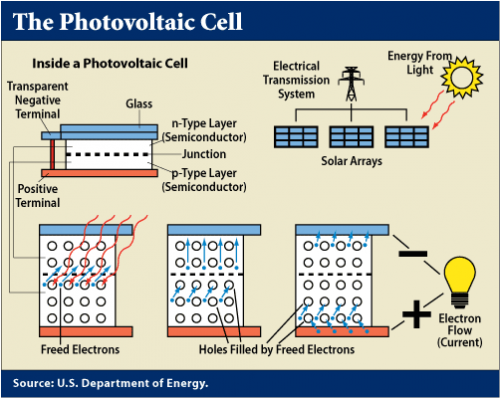
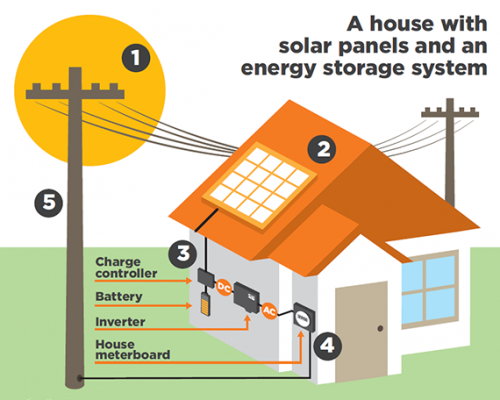
Most PV cells fall into one of two basic categories: crystalline silicon or thin-film. Crystalline silicon modules can be fashioned from either monocrystalline, multicrystalline, or ribbon silicon. Thin-film is a term encompassing a range of different technologies, including amorphous silicon, and a host of variations using other semiconductors like cadmium telluride or CIGS (copper indium gallium diselenide). Thin-film technology generates a lot of the current R&D chatter, but crystalline modules currently capture more than 80% of the marketplace.
To use the energy from the array, you may also need other components, such as inverters, charge controllers and batteries, which make up a solar-electric system. The components required are dependent on the system type designed. System types include:
PV-DIRECT SYSTEMS: These are the simplest of solar-electric systems, with the fewest components (basically the PV array and the load). Because they don’t have batteries and are not hooked up to the utility, they only power the loads when the sun is shining. This means that they are only appropriate for a few select applications, notably water pumping and ventilation—when the sun shines, the fan or pump runs.
OFF-GRID SYSTEMS: Although they are most common in remote locations without utility service, off-grid solar-electric systems can work anywhere. These systems operate independently from the grid to provide all of a household’s electricity. These systems require a battery bank to store the solar electricity for use during nighttime or cloudy weather, a charge controller to protect the battery bank from overcharge, an inverter to convert the DC PV array power to AC for use with AC household appliances, and all the required disconnects, monitoring, and associated electrical safety gear.
GRID-TIED SYSTEMS WITH BATTERY BACKUP: This type is very similar to an off-grid system in design and components, but adds the utility grid, which reduces the need for the system to provide all the energy all the time.
BATTERYLESS GRID-TIED SYSTEMS: These most common PV systems are also known as on-grid, grid-tied, utility-interactive, grid-intertied, or grid-direct. They generate solar electricity and route it to the loads and to the electric utility grid, offsetting a home’s or business’s electricity usage. System components are simply comprised of the PV array, inverter(s), and required electrical safety gear (i.e., fuses/breakers/disconnects/monitoring). Living with a grid-connected solar-electric system is no different than living with utility electricity, except that some or all of the electricity you use comes from the sun. (The drawback of these batteryless systems is that they provide no outage protection—when the utility grid fails, these systems cannot operate.)
Why Use Solar PV ?
When we consider the true cost of energy, we need to look at the big picture, not just the rate on the utility bill. Conventional fuels have real social, environmental, and economic impacts. There are annual and cumulative costs that stem from all of the pollutants (airborne, solid, and liquid) emitted from mining, processing, and transporting fossil fuels that impact our public health and the environment. Electricity derived from coal and natural gas will never be able to outweigh the energy and continual resources required to produce it. Unlike conventional energy sources, PV systems produce clean electricity for decades after achieving their energy payback in three or fewer years—this is truly the magic of PV technology.
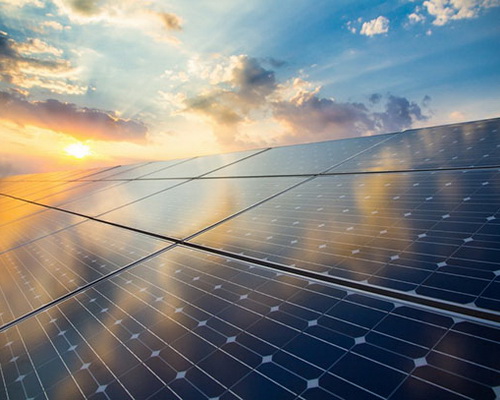
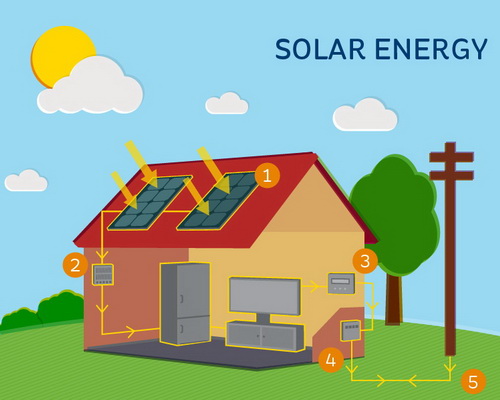
Grid electricity is paid for as you use it, with payments stretching out forever. In contrast, the majority of PV system expenses are paid for at the time the system is installed. After that, the energy is essentially free. In strictly economic terms, the rate of return for your PV system depends on three things—solar resource; electricity prices; and state policies or incentives. While many utilities sell electricity at affordable rates, inflation as well as energy price history and forecasts indicate price increases in our future, which will make RE systems’ payback even quicker. Historical data reported by the Edison Electric Institute shows that from 1929 to 2005, the average annual price increase for electricity has been 2.94% per year. And according to the Energy Information Administration’s June 2008 Short Term Energy Outlook, utility rates are projected to increase by an average of 3.7% in 2008 and by another 3.6% in 2009. Federal tax credits for renewable energy systems are available, reducing a RE system’s cost, and many states, regions, and utilities also offer substantial rebates, performance-based incentives, tax credits, tax exemptions, loans, and other economic incentives for solar-electric systems.
Independence is chief among the reasons for wanting an off-grid PV system where the grid is available. Off-grid systems are not subject to the terms or policies of the local utility, nor are system owners subjected to rate increases, blackouts, or brownouts. If you’re shopping for rural property, you’ll probably find that off-grid parcels are less expensive. Being off-grid can also be cheaper than getting a utility line extended to a property.
When weighing the energy options (between the grid and solar, wind or water sources) it becomes apparent that solar energy is a very democratic form of energy. Because the sun shines everywhere, the potential to utilize solar energy is available to everyone. Additionally, as compared to generators (gas, or even wind- or hydro-powered ones), because PV systems have no moving parts, they are extremely reliable and require very littlemaintenance.
How to Implement Solar PV ?
There are several different applications for PV systems. Which system is right for you depends on your particular situation and RE goals. Due to available incentive programs and the simplistic nature of batteryless grid-tied PV systems, they are the most common type of system installed in the United States today. Here is a checklist to see if this type of system might work for you:
1. Interested in clean power?
2. Already on the grid?
3. Infrequent utility outages?
4. Have a sunny location to mount PV modules?
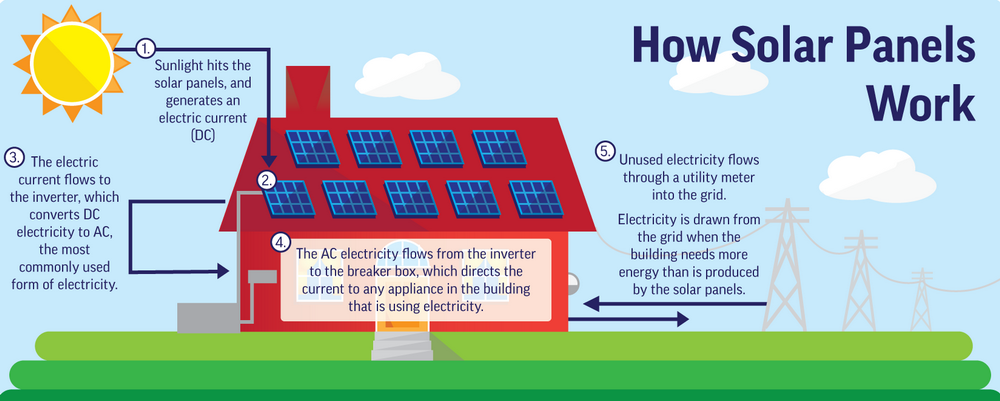
If this describes your situation, then a batteryless grid-tied PV system could be the perfect fit. Compared to their off-grid counterparts, batteryless grid- tied systems are simple to understand and design, with only two primary components: PV modules and an inverter that feeds AC electricity back into the electrical system to offset some or all of the electricity otherwise purchased from the utility. These systems are cheaper, easier to install and maintain, and operate more efficiently than battery-based systems of comparable size. Their main drawback is that when the grid goes down, they cannot provide any energy for you to use. If the grid in your area is mostly reliable and outages are infrequent, these systems can offer the best payback for the least price.
The primary goal of a grid-tied PV system is to offset all or some of your electricity usage. Yet the first step in going solar is not sizing the PV system, but reducing electricity usage through conservation and efficiency measures. Once energy-efficiency and conservation measures have been implemented, you’re ready to size a PV system to offset the remaining energy usage. Annual energy use figures can be requested from your utility, and these values can be used to determine the PV array size. However, there are a few other considerations that will impact PV system size. In residential areas especially, a primary constraint to PV array sizing can be the size of the available shade-free mounting area. PV modules can be mounted on a roof, the ground, or a pole (which includes trackers). Regardless of which mounting method is used, the shade-free area, minus clearance needed for maintenance or roof setbacks required by local fire department guidelines, will limit how large the array can be. In the case of roof-mounted systems, typically 50% to 80% of a roof plane will be available for mounting PV modules. Often the most confining consideration is budget. Currently, the cost per installed watt of residential PV systems is well under $5, which includes everything—modules, inverter, disconnects, racking, wire, and conduit to taxes, shipping, installation labor, and permitting. Reducing the cost is the uncapped 30% federal tax credit. Additionally, many individual states, municipalities, and utilities offer rebates that can further offset a PV system’s cost. The Database of State Incentives for Renewables & Efficiency (DSIRE; www.dsireusa.org) organizes incentive programs by state and program type, making incentives easy to research.
Off-Grid Systems: Living off the grid is a romantic ambition for some; a practical necessity for others. But whatever your motivation for off-grid living, cutting the electrical umbilical cord from the utility shouldn’t be taken lightly. Before you pull out the calculator, size up the realities and challenges of living off the grid. Designing a stand-alone PV system differs substantially from designing a batteryless grid-direct system. Instead of meeting the home’s annual demand, a stand-alone system must be able to meet energy requirements every day of the year. Determining the home’s daily and seasonal energy usage, along with considering the daily and seasonal availability of the sun, allows designers to estimate the PV array and battery bank size, and charge controller and inverter specifications.
Started with Solar PV
With grid-tied PV systems becoming more and more popular, it is important for RE professionals and system owners alike to have realistic expectations of their systems’ performance. Solar-electric power production can be affected by several factors. Orientation, array tilt, seasonal adjustments, and array siting can all affect the bottom line. Proper planning and smart design will help you get the most out of your PV system and improve your rate of return. Installing modules in a sunny, shade-free spot and pointing them toward the sun could be considered common sense to many, but properly orienting and tilting your array for optimal performance is not as intuitive. A PV array’s output is proportional to the direct sunlight it receives. Even though PV modules produce some energy in a shady location or without ideal orientation, system costs are high enough that most will want to maximize energy yield. Regardless of how well a system is designed, improper installation can result in poor performance. PV systems should operate for decades, and the materials and methods to install them should be selected accordingly.
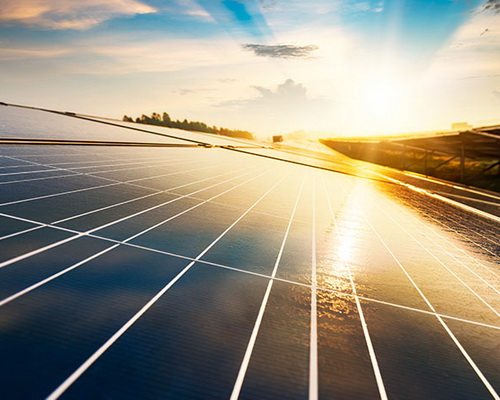
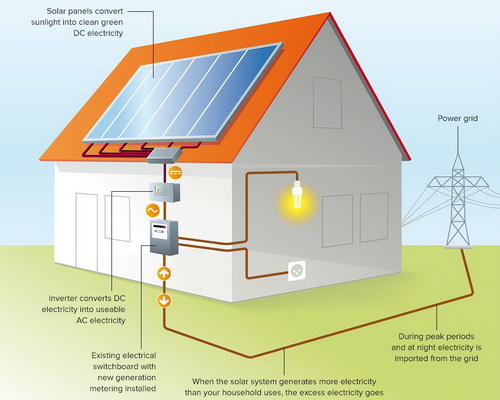
Should you install your system or hire a licensed professional to do the work? What skills and tools do you need to tackle a home-scale PV project? How much will you save if you install the system yourself? We frequently get questions like these from Home Power readers. Rather than defaulting to the obvious answer, “it depends,” we explore a long list of variables you should thoughtfully consider before tackling the design and installation of your PV system. Owner installation is definitely not for everyone. Like any home improvement project, it’s important to realistically assess your skills, and weigh the benefits and potential pitfalls. Installing a PV system certainly isn’t rocket science, but doing it well and safely requires experience working with electrical systems, some serious research, and plenty of sound advice. The installation of most residential PV systems is usually better left to the pros, but if you have the right set of skills and expectations, installing your own system can be a realistic goal.
Often, folks who want to install their own system are the same people who are pondering a career shift into the PV industry. Despite the challenging economic climate, there are jobs to be had in this growing market, and with government funds and decreasing component costs fueling new projects and green job training, the time is right to make your move. With a little know-how, the right training, and a sunny disposition, you can be on a new, green career path. Depending on your background and existing skill set, attending a workshop or two may get your foot in the door with a solar company, but you’ll likely need to pursue some level of certification or additional credentials if you’re serious about making a career in the industry. While you can obtain a lot of system design knowledge from online and classroom presentations, when it comes to installation specifics, nothing beats hands-on training. These courses are not short—nor inexpensive—and are usually geared toward individuals wanting to become professional installers. Training followed by a home installation can be a great progression if you’re considering entering the PV industry. The value of living with a PV system, for both homeowners and up-and-coming professionals, is priceless.